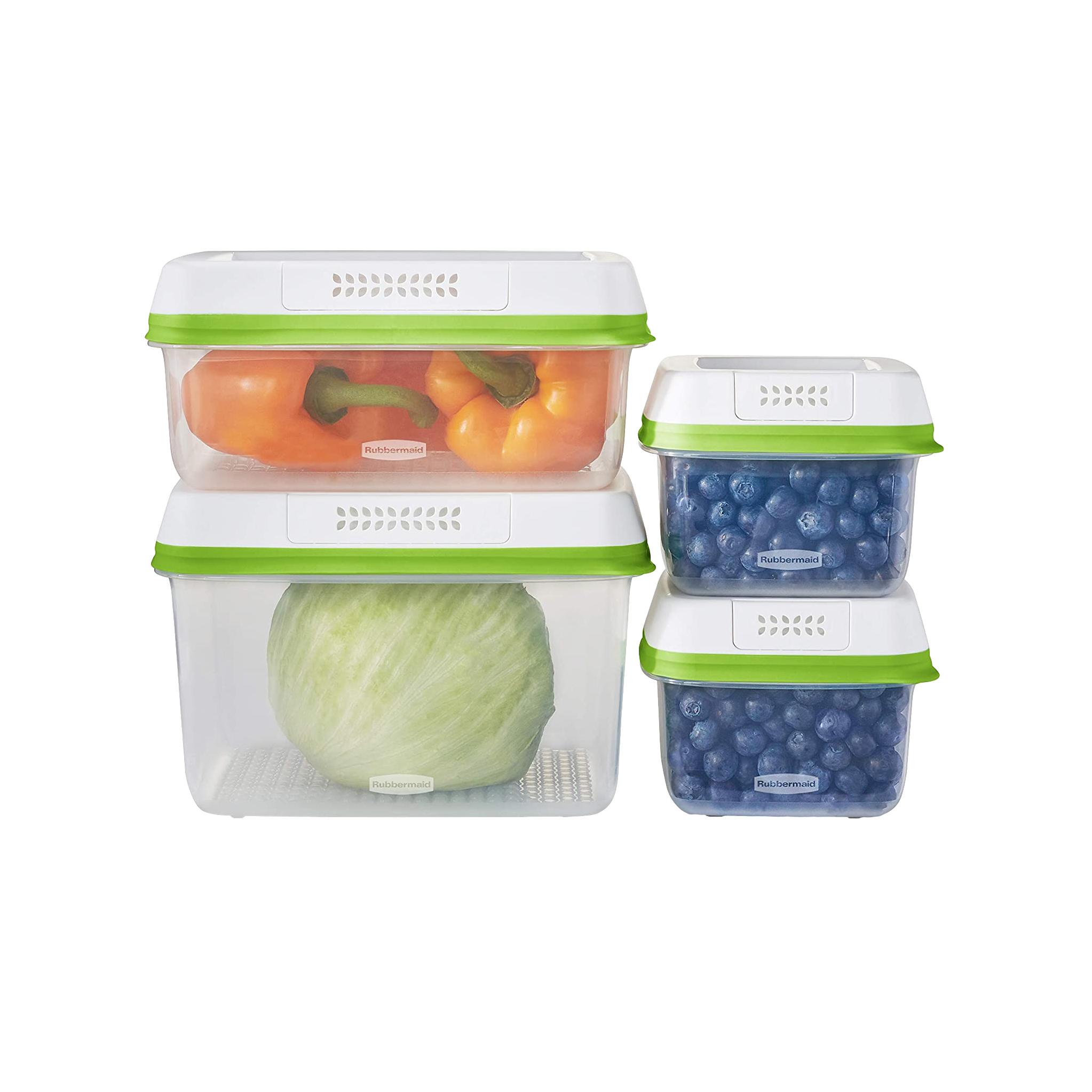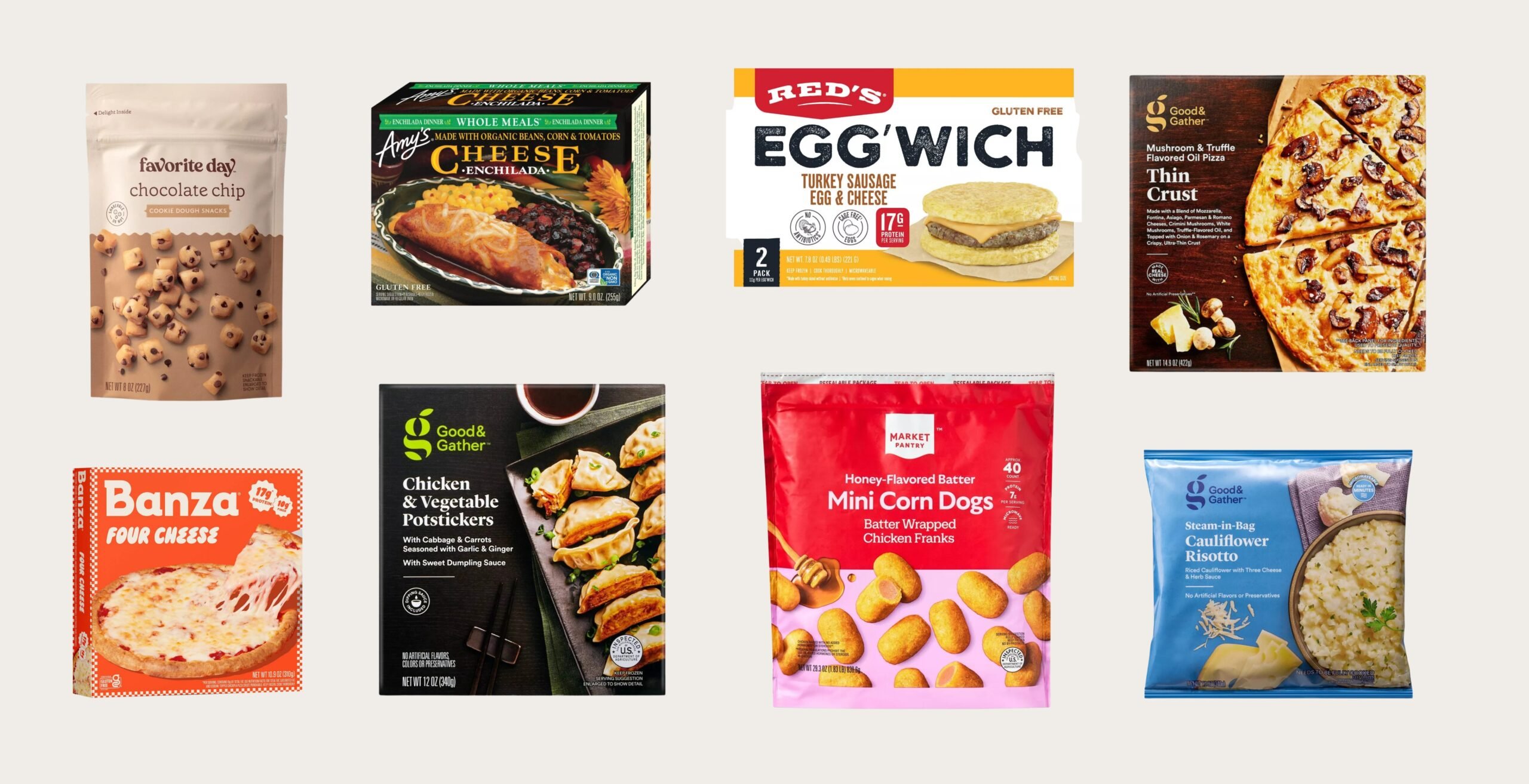The A-Z Guide To Properly Storing Food In Your Fridge
We all want to eat fresh and delicious food at home. But in reality, a lot of food gets tossed from the fridge for being expired. (In fact, over 119 billion pounds of food is wasted in the United States each year!) So how do you help cut back on waste and properly start storing food in your fridge? You’re about to find out the best methods for keeping each and every item fresh.
Want to really keep your produce, meat, cheese, and eggs fresh? Just follow this A to Z guide for how to store food in your fridge properly! Plus, making your food last longer will save you money – and trips to the grocery store.
For more food tips, check out You Might Be Storing Your Food Wrong (And 8 Ways To Do It Right), What To Do With Your Vegetable Scraps: 3 Sustainable Ways To Waste Less Food, and Clever Kitchen Hacks To Save You Time (And Save Your Greens).
APPLES
Apples can live on your kitchen counter for a few days. After that, remove them from their bag and keep them in the crisper drawer.
ASPARAGUS
To make it last longer, asparagus can be stored upright in a glass of water. You may need to replace the water every few days, but this keeps it alive and from going bad.
BERRIES
Store strawberries, raspberries, and blackberries in a single layer on a paper towel in a ventilated container (like the plastic one they typically come in).
Broccoli, Brussels Sprouts, & Cauliflower
Place in a plastic or reusable produce bag and add a paper towel. Leave the bag open and place it in the crisper.
CARROTS
Take carrots out of a plastic bag and submerge them in water in an airtight container. If they have stems, remove them immediately, and don’t peel until you are ready to eat.
CHEESE
Cheese should ideally be kept in its own separate drawer. Wrap in wax or parchment paper and place in a sealed bag. (Do not use plastic wrap to store cheese – it allows other smells to seep in!)
CITRUS
Keep lemons, limes, and oranges in a single layer in the crisper drawer, which will keep them fresh for up to a month.
CUCUMBERS
Cucumbers actually don’t love the cold – so keep them out of the crisper and store them in a plastic bag in the main part of your fridge.
EGGS
It’s fine to keep eggs in their carton. Place them in the back, bottom shelf of the fridge where it’s coldest -and they won’t run down your shelves in case they crack.
FISH
Fresh fish would be removed from the paper the fish was wrapped in at the store. Rinse it off and dry. Then move to a plastic bag, push out the air, and seal.
GREENS & LETTUCE
Prewashed greens in a plastic container can go right in the crisper. For loose greens, rinse off, dry, and lay on paper towels in a plastic bag or container. The paper towels will help absorb extra moisture and keep the greens fresh longer.
HERBS
Store fresh herbs upright in glasses of water, with the tops covered in plastic wrap or a bag.
MEATS
All meats should be kept in the coldest part of the fridge – the bottom near the back – and can remain in their original packaging.
MELONS
Leave uncut melons to ripen on the countertop. Refrigerate your cut melon in an airtight container for up to 3 to 4 days
MUSHROOMS
Transfer washed mushrooms to a brown paper bag with a paper or kitchen towel inside. Then store them in the crisper drawer.
SOUR CREAM & YOGURT
Never place these items in the fridge door (the warmest spot). To keep them fresh longer, tuck them in the back where they can stay coldest.










